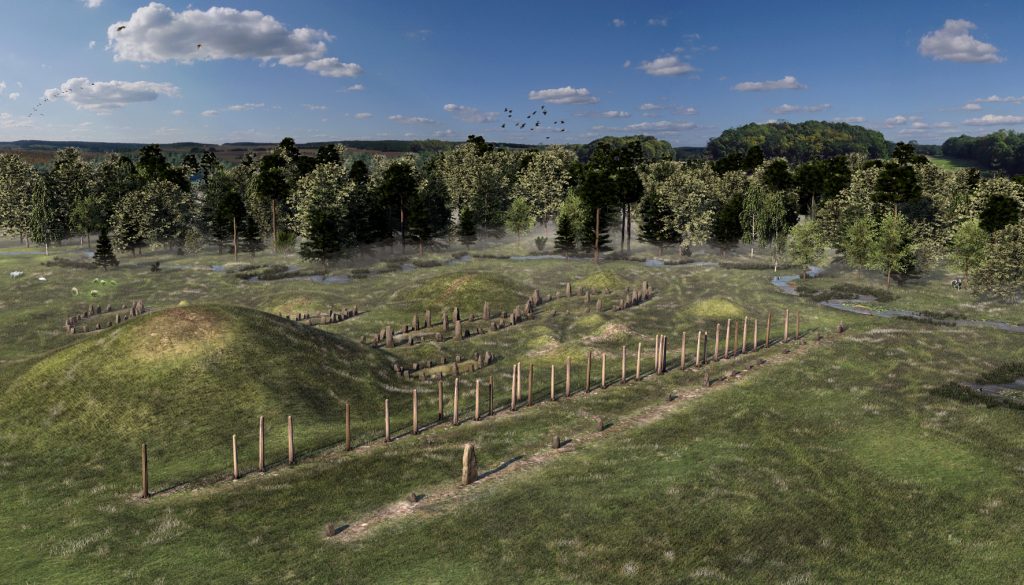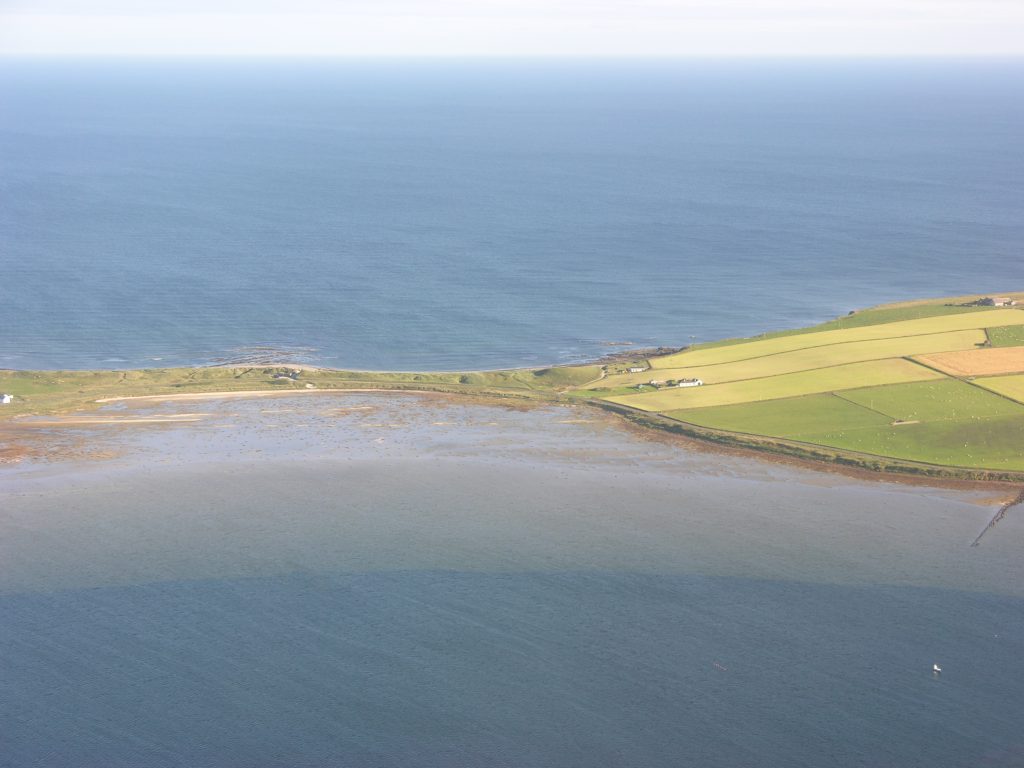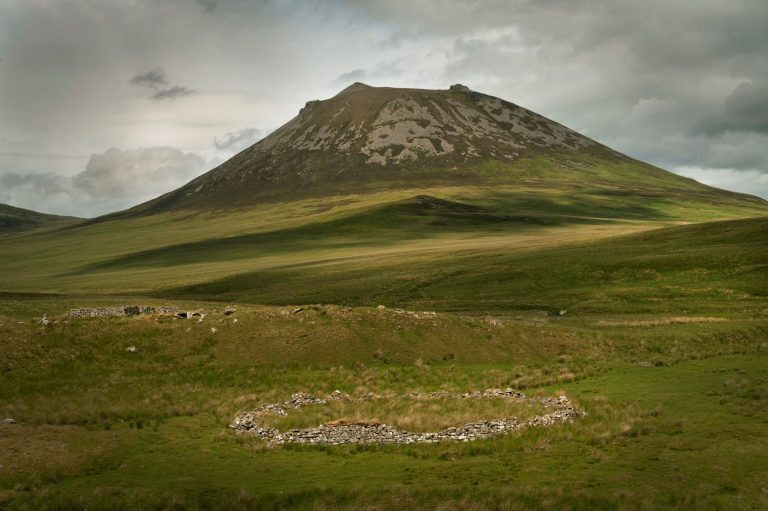
My new book, Viking Law and Order, paints a rather different picture of Viking Age society from the one we are used to. We often hear discussions of violent raids and systematic pillaging by warriors arriving in long ships. It is of course true that the Viking Age was a violent time, but the people of Scandinavia also had a highly organised side with a well-developed system of law and administration, designed for the resolution of internal conflicts and political decision making. This system was enacted at so called thing (assembly) sites, which functioned as both parliaments and courts. These were outdoor sites, located in carefully selected places in the landscape to which particular features were added, such as rows of wooden posts or stones, rune stones and large burial mounds.

Through such elaborate architecture, assembly-sites were made into power statements in the landscape, signposted as the places where important decisions were made – and obeyed. The idea of signposted sites of power can be compared to the often very imposing architecture of judicial courts and parliaments today.
A key trait of thing sites was a location where a number of communication routes converged. It benefited the elite to have as many people as possible present at the meetings and taking part in the political and legal proceedings. The larger the number of thing attendees that approved a decision or verdict, the stronger the position of the king. In order to facilitate mass participation, the assembly-sites needed to be in places that could easily be reached at a predetermined time, which was widely known. During the assembly meetings, many joint activities took place, such as horse racing and horse fighting, wrestling, trade as well as communal cooking and eating. In this way, the assembly meetings became collective experiences, in which many people of the wider community played a part.
Assembly sites are found not only across the Viking homelands of Scandinavia (Norway, Denmark and Sweden) but also in the areas where the people of the Viking Age settled. In this book, I explore thing sites in the North Atlantic settlements, such as Iceland and the Faroe Islands and also Scotland. In many ways, the thing sites in these areas are similar to those in Scandinavia. There are, some important differences, however. In Iceland, and probably Greenland and the Faroes, thing boots were erected. These were small huts in which the assembly participants could stay during the meetings. In Scotland, on the other hand, the assembly sites were more similar to the Scandinavian ones, above all in the use of large mounds marking the sites. Here, the Norse people borrowed and reused pre-existing mounds, which symbolised rulership and ancestors. By ruling from these mounds, the Norse elite could show the power of their law in their new homes.


Alexandra Sanmark is Reader in Medieval Archaeology at the Centre for Nordic Studies, University of the Highlands and Islands. She specialises in The Viking Age in Scandinavia and the Viking expansion in the west and the North Atlantic, with a particular focus on landscape archaeology. She is also a specialist in the Christianisation of Europe and Scandinavia as well as Viking-age religion and ritual.
Find out more about Viking Law and Order on the Edinburgh University Press website





